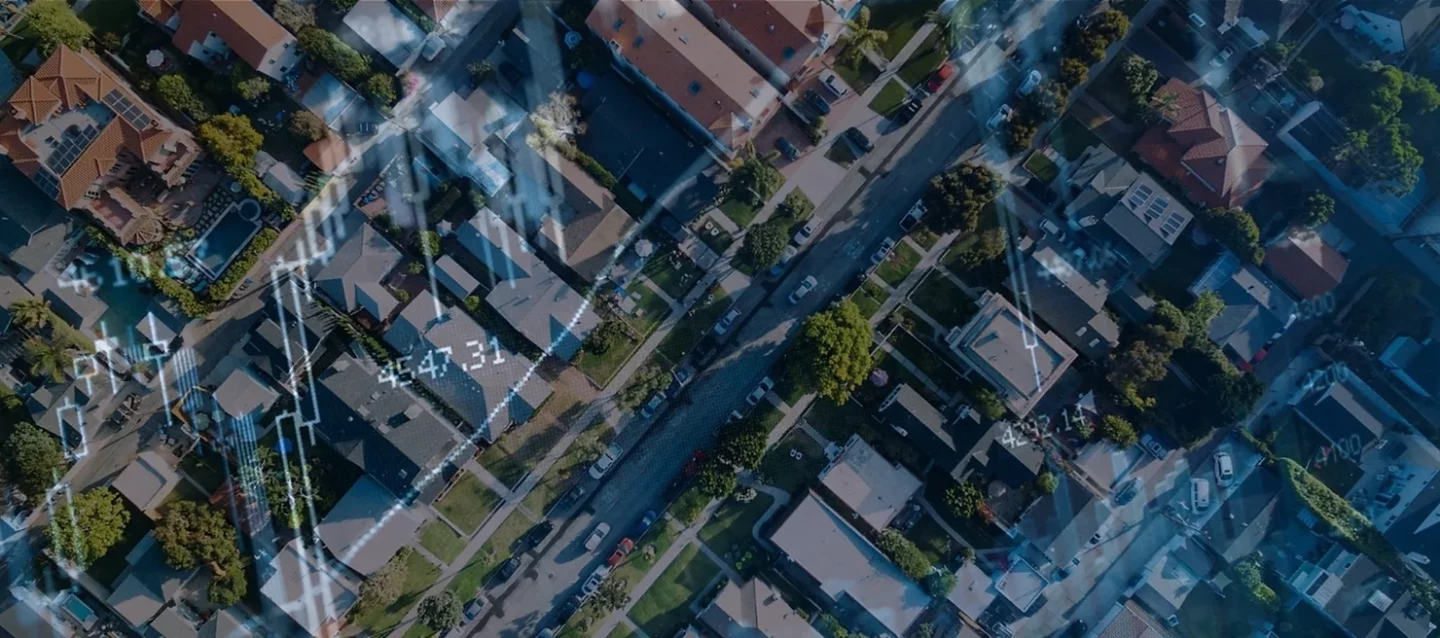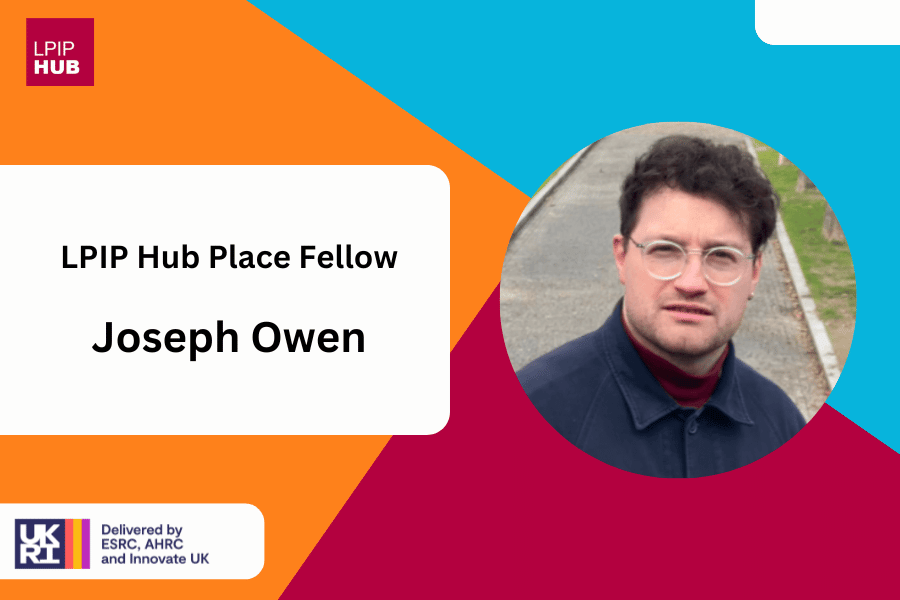How can qualitative and quantitative data be generated, connected and visualised to inform placed-based decision making?
How can Higher Education Institutions support communities, cultural institutions and local authorities in responding to their data challenges?
In what ways might qualitative and quantitative datasets about place-making and place-shaping productively inform and shape one another?
The Southampton Institute for Arts and Humanities (SIAH) has launched a new AHRC-funded project, ‘Neighbouring Data: The role of qualitative data in place-based decision-making’. The project aims to address key research challenges relating to the generation, connection and visualisation of data about place, examining how those challenges are experienced by a range of stakeholders. Working with researchers, local authorities and partners from the cultural and creative industries, the project will make clear, research-informed recommendations for using place-based data in towns and small cities.
Drawing on precedents in urban health research (W.T. Caiaffa, et al., 2013) and environmental studies (Jennifer Helgeson, 2022; Timothy Karpouzoglou, 2016), Neighbouring Data examines the role that the data observatory—both as a system and as a process—can play in the development of place-based policymaking on a local level. As Tee Guidotti has argued: ‘[t]he observatory model is a strategy to convert episodic research opportunities into clusters of observed events that can support hypothesis generation and policy studies’ (2022).
Urban studies researchers are increasingly urging a more joined-up approach to the relationship between place and culture, in a way that more fully reflects the synergies and connections between the myriad of place-based case studies in the field (Mark Jayne, et al. 2010). In this respect, the data observatory—as Guidotti understands it—is a particularly relevant mechanism that requires further defining and theorising across different scales and timeframes, especially regarding its relationship with qualitative place-based data. Neighbouring Data seeks to intervene at this juncture.
Neighbouring Data draws together and amplifies place-based data on pride, culture, health and heritage collected from preceding SIAH projects: including Towns and the Cultural Economies of Recovery, Feeling Towns, Pathways to Health, and Creative Writing Against Coastal Waste. It will use this research and recent theoretical work on the data observatory to explore and adapt methods for analysing qualitative and quantitative data about place. The project will offer insight into the kinds of data that local authorities and communities need to inform their decision-making: on place-shaping and pride; on health and wellbeing; on nature and the environment.
Neighbouring Data will also maintain a sustained dialogue with ongoing research at the University by Dr Dan Ashton and Professor Fraser Sturt, who are leading consultations on how data generated by Southampton’s 2025 City of Culture bid can be made accessible to a range of users. This work acts as a valuable test-case for the ideas advanced in this project and it will finesse our recommendations for SIAH’s creative, cultural and local authority partners.
The project has three key stages. For stage one, currently underway, the research team is conducting a comprehensive survey of:
- Models and theoretical work relating to the data observatory
- The interplay of qualitative and quantitative data in place-based decision making
- Qualitative data visualisation methodologies
Synthesised into a test framework, this research will be developed in consultation with key partners and become an advisory tool that outlines methods for shaping and sustaining a data observatory.
Stage two takes the form of a series of consultations and sandpits, which will identify how community, cultural and local authority organisations engage with data. This strand will refine our data observatory framework and develop the range of creative qualitative data collection methods SIAH has deployed to date. This period of consultation will include the knowledge exchange event: ‘Innovations in Community Consultation: Creative Methods and Qualitative Data’.
In its third and final stage, the research team will consolidate the data gathered in the project’s first two stages to produce a revised framework and a think-kit of best practice for using data in local authority decision making.
By combining analysis of existing data observatory models with structured consultation, this project seeks to kick-start crucial conversations about connecting, sharing and analysing a variety of qualitative and quantitative data, in ways that are alert to urgent policy trends and the day-to-day challenges experienced by local authorities and communities.
—
Bibliography
Caiaffa, W.T., et al., ‘Developing a Conceptual Framework of Urban Health Observatories toward Integrating Research and Evidence into Urban Policy for Health and Health Equity’, Journal of Urban Health, 91.1 (2013), 1–16
Guidotti, Tee L., ‘The observatory: a model for studies in health, society and the environment’, Journal of Environmental Studies and Sciences, 12 (2022), 827–37
Helgeson, Jennifer, et al., ‘Narratives of sustainability in digital media: An observatory for digital narratives’, Futures, 142 (2022), 1–7
Jayne, Mark, et al., ‘The Cultural Economy of Small Cities’, Geography Compass, 4.9 (2010), 1408–17
Karpouzoglou, Timothy, ‘Environmental Virtual Observatories (EVOs): prospects for knowledge co-creation and resilience in the Information Age’, Science Direct, 18 (2016), 40–48



